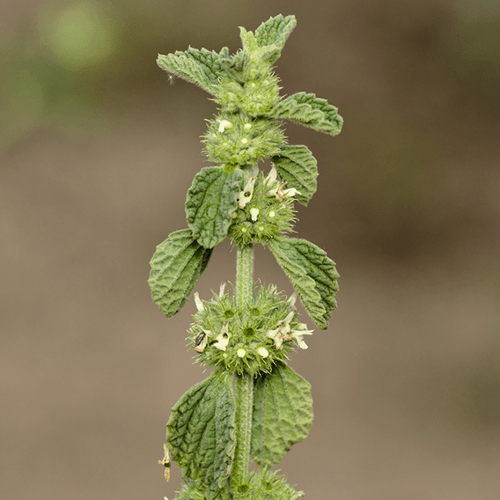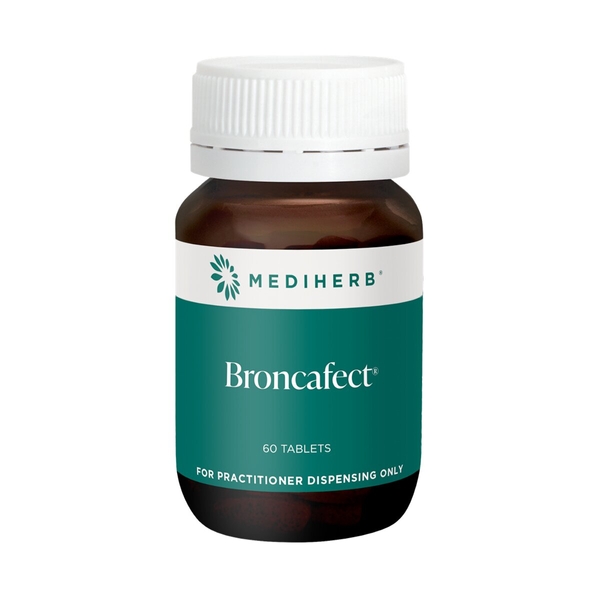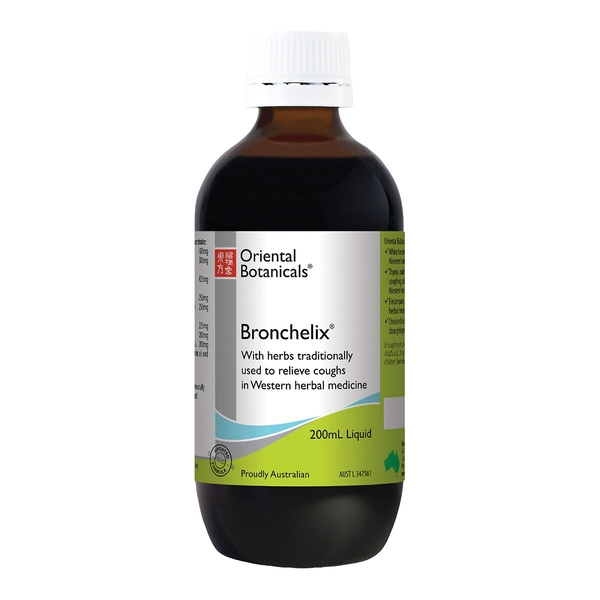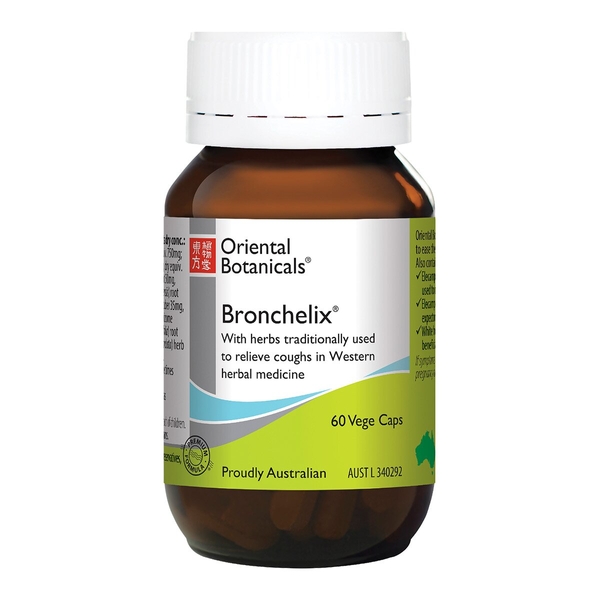
Background
White horehound is used for digestion problems including diabetes, loss of appetite, indigestion, bloating, gas, diarrhea, constipation, and liver and gallbladder complaints. It is also used for lung and breathing problems including cough, whooping cough, asthma, tuberculosis, bronchitis, and swollen breathing passages.
Women use white horehound for painful menstrual periods.
People also use it for yellowed skin (jaundice), to kill parasitic worms, to cause sweating, and to increase urine production.
White horehound is sometimes applied to the skin for skin damage, ulcers, and wounds.
In manufacturing, the extracts of white horehound are used as flavoring in foods and beverages, and as expectorants in cough syrups and lozenges. Expectorants are ingredients that make it easier to cough up phlegm.
Safety Safety definitions
Not enough is known about the safety of white horehound when applied to the skin.
Special Precautions & Warnings:
Pregnancy and breast-feeding: It's LIKELY UNSAFE to take white horehound by mouth during pregnancy. It might start menstruation and could cause a miscarriage.If you are breast-feeding stick to food amounts of white horehound. There isn't enough information about the safety of medicinal amounts.
Don't use white horehound on the skin if you are pregnant or breast-feeding. Not enough is known about the safety of topical use.
Diabetes: White horehound might lower blood sugar. Taking white horehound along with diabetes medications might cause your blood sugar to go too low. Monitor your blood sugar closely.
Heart conditions: There is some concern that white horehound might cause irregular heartbeat in people with heart problems. It's best not to use it.
Low blood pressure: White horehound might lower blood pressure. This could cause blood pressure to go to low. White horehound should be used cautiously in people with low blood pressure or those taking medications that lower blood pressure.
Surgery: White horehound might lower blood sugar. This might interfere with blood sugar control during and after surgery. Stop taking white horehound at least 2 weeks before a scheduled surgery.
Effectiveness
- Diabetes. Early research suggests that drinking tea prepared from white horehound before meals, in addition to taking medication for diabetes, for 3 weeks slightly slower blood sugar levels in people with type 2 diabetes. However, drinking tea prepared from guarumo for the same duration seems to have a greater blood sugar-lowering effect.
- Liver and gallbladder problems.
- Constipation.
- Fluid retention (edema).
- Loss of appetite.
- Indigestion.
- Bloating.
- Gas (flatulence).
- Coughs and colds.
- Skin damage.
- Ulcers.
- Wounds.
- Other conditions.
Dosing & administration
Interactions with pharmaceuticals
Medications for diabetes (Antidiabetes drugs)
Interaction Rating=Moderate Be cautious with this combination.
White horehound might lower blood sugar. Diabetes medications are also used to lower blood sugar. Taking white horehound along with diabetes medications might cause your blood sugar to go too low. Monitor your blood sugar closely. The dose of your diabetes medication might need to be changed.
Some medications used for diabetes include glimepiride (Amaryl), glyburide (Diabeta, Glynase PresTab, Micronase), insulin, pioglitazone (Actos), rosiglitazone (Avandia), chlorpropamide (Diabinese), glipizide (Glucotrol), tolbutamide (Orinase), and others.
Medications for high blood pressure (Antihypertensive drugs)
Interaction Rating=Moderate Be cautious with this combination.
White horehound might lower blood pressure. Taking white horehound along with medications for high blood pressure might cause your blood pressure to go too low.
Some medications for high blood pressure include captopril (Capoten), enalapril (Vasotec), losartan (Cozaar), valsartan (Diovan), diltiazem (Cardizem), Amlodipine (Norvasc), hydrochlorothiazide (HydroDiuril), furosemide (Lasix), and many others.
Interactions with herbs & supplements
Herbs and supplements that might lower blood sugar: White horehound might lower blood sugar. Taking white horehound along with other herbs that can lower blood sugar might cause your blood sugar to go too low. Other herbs that might lower blood sugar include devil's claw, fenugreek, garlic, guar gum, horse chestnut, Panax ginseng, psyllium, Siberian ginseng, and others.
Interactions with foods
Action
Products
View all products- Marrubium vulgare (White horehound) ext. 425 mg
- Inula helenium ext. 500 mg
- Aster tataricus ext. 250 mg
- Houttuynia cordata ext. 200 mg
- Platycodon grandiflorus ext. 225 mg
- Stemona japonica ext. 200 mg
- Glycyrrhiza uralensis ext. 62.5 mg
- Thymus vulgaris ext. 500 mg
- Ethanol
- Glycerol
- Mentha spicata oil
- Water
- Marrubium vulgare (White horehound) ext. 100 mg
- Inula helenium ext. 187.5 mg
- Pinellia ternata ext. 35 mg
- Houttuynia cordata ext. 30 mg
- Aster tataricus ext. 60 mg
- Platycodon grandiflorus ext. 50 mg
- Stemona sessilifolia ext. 60 mg
- Glycyrrhiza uralensis ext. 50 mg
- Thymus vulgaris oil 10 mg







